Osterley Park House – ‘Palace of Palaces’
Once described by Horace Walpole as ‘the palace of palaces’, Osterley Park House, the great 18th century neo-classical pleasure palace, is the lusciously juicy fruit of Britain’s incipient banking industry and international trade. The current Osterley Park House was built by the fabulously wealthy Child Family who were successful bankers. In fact their bank Child and Co is still going strong. Now owned by the Bank of Scotland, it is the oldest independent financial institution in the country. Members of the family had also been directors of the rich and powerful East India Company. And in fact Osterley had been paid for from the profits of the lucrative business of international trade. A fact that is still evident as you wander around the house today, with its exotic displays of ornamental pagodas, mandarin jars and carved ivory junks.
The first thing that struck me about Osterley Park is that although set in a large park, the mansion is only eight miles from Piccadilly. The growing metropolis has swallowed up the estate that now finds itself within the London Borough of Hounslow, and part of the western suburbs of London; it’s parkland unceremoniously intersected by the great gash of the M4. But Osterley isn’t a true country house in the traditional sense of a vast agricultural estate, that consolidated political and financial power for a hereditary family of grandees. Osterley was built not as a lordly seat of power, but purely as a pleasure palace, a convenient country retreat within easy reach of London, where its mercantile owners could entertain and impress their wealthy friends and clients.
Busy bankers and powerful merchants, as the owners of Osterley have always been, did not wish to waste valuable time travelling to their country estates. Similarly the Rothschilds in a later period, prudently located their grand French chateau of Waddesdon Manor within a short distance of London, with even the Metropolitan and Great Central railway connecting the house to London.
The Entrance Hall at Osterley Park
The current house is located within the footprint of a Tudor house and incorporates much of its original structure, including the servants quarters on the ground floor. The original house was built in the 1570s for another financier, Sir Thomas Gresham (1519-79), a commercial adviser to the Crown who was responsible for the Royal Exchange in London. Gresham had a particularly brilliant business mind, amassing vast amounts of property and establishing a highly lucrative paper mill on the estate, that was one of the first in the country. Interestingly it is known that Queen Elizabeth I visited and stayed at Gresham’s estate, unperturbed by his involvement in trade. Indeed many of the great figures of the Elizabethan era like Sir Francis Drake achieved preferment and Royal patronage, despite their humble origins. However, the 18th century was perhaps a little more socially constrained, and so the Child family were to receive no royal visitors, despite the hugely elaborate and costly State Bedchamber. 200 years after Gresham, the house had fallen into disrepair allowing Sir Francis Child, the head of Child’s Bank to purchase it in a mortgage default.
The ‘Total Design’ of Robert Adam at Osterley Park
The Child family had the rare fortune to be both wealthy and discerning. In 1761, Sir Francis employed the newly emerging architect Robert Adam to remodel the house, which he was to do over the next two decades in the new neo-classical design. The result is an extraordinary masterpiece of ‘total design’ or Gesamtkunstwerk – as the Germans call it – with every aspect of the state rooms controlled by Adam. Like William Kent before him, Adam was one of the earliest practitioners of ‘total design’ in England. He was not only responsible for the building’s unique architecture, but also every aspect of its interior design, from the friezes, to the furniture, the light fittings to the carpets.
Robert Adam
A four year study tour of European architecture in the mid 18th century had prepared Adam for his synthesis of highly cosmopolitan classical architectural and decorative motifs. A pioneer of the fashionable neo-classicism, his highly original take on Greek, Roman and Etruscan sources, became known as ‘Adam Style’. His vocabulary of highly structured geometric forms defined and ordered spaces in a masterly way, with his use of large circles and ovals, rectangles and squares. Similarly his travels had provided him with a whole language of motifs that are beautifully expressed at Osterley Park, with his use of urns, Griffins, sphinxes, suns, palms and vines. What we also see at Osterley Park are his distinctive and subtle colour schemes that continue to captivate us and remain very much in fashion. Osterley Park is one of the most complete designs of Robert Adam, where we can witness his true genius in effortlessly balancing both robustness and great subtlety.
The large red brick cube of Osterley Park’s design is beautifully trimmed with white stone detailing. Imposing Jacobean style turrets are positioned on all four corners. But perhaps the most striking aspect of the architecture of Osterley Park emerged from the financial constraints imposed on him. Adam had wanted to demolish large parts of the original building, but although the Child family were immensely wealthy, they were also prudent. The compromise resulted the design of a magnificent ‘transparent’ pillared and pedimented portico, dramatically approached at first floor level by a broad flight of steps leading to a central courtyard. The design of this ‘transparent’ portico alone makes Osterley Park one of the most original and distinctive buildings in England.
Adam’s internal scheme is one of the most outstanding of his entire career, and the house is fortunate in still retaining almost all of the original bespoke furniture, that was made for Adam by the great John Linnell. Perhaps the most outstanding room of the house is the grand Entrance Hall, which although low in ceiling height and crammed full of wall decoration, nevertheless feels spacious and light. Adam’s masterly use of his distinctively subtle colour scheme and use of extra large geometric shapes and architectural devices like large alcoves, cleverly disguise the low ceiling height and enlivens an otherwise dull space.
Adam designed almost everything in the spectacular Etruscan Room including the murals, the pier glass and the arm chairs. Even the embroidered panel on the tripod fire-screen was stitched by Mrs Child to his design. His scheme was highly original and considered avant-garde at the time. The room with its pale sky-blue colour and pretty layout has an outdoor atmosphere, and reminded Horace Walpole of a sort of pergola, a “pretty waiting room in the garden.” Etruscan motifs were becoming all the rage following the publication of illustrations of Sir William Hamilton’s collection of Etruscan vases. Sir William was ambassador to Naples, and famously married to the beautiful and infamous Emma Hamilton. He was interested in volcanos – often clambering up Vesuvius in the company of his famous Grand Tour guests, occasionally during an actual eruption – and classical artefacts, that he routinely dug up and sold to the British Museum, to fund his lifestyle. Adam would have also been familiar with the hugely popular Etruscan designs being manufactured at the pottery of Josiah Wedgwood. Although Etruscan was all the rage, Adam was far and away the greatest interpreter of it, making it very much his own.
The Etruscan Room at Osterley Park
Although the house is characterised by its restraint and subtlety with its gentle palette of colours and extensive use of stucco, the Tapestry Room by contrast is a riot of rich reds and gold. Intended as a State Apartment for a Royal visit that was never to be, it’s expensive Gobelins tapestry with Boucher designed medallions, was not meant to be subtle. The aim here was quite simply to blow the socks off visiting dignitaries. The designs were originally made for Madame de Pompadour and their reproduction for other guests were only authorised after her death in 1770. Not everyone was impressed however, Horace Walpole caustically described the design as “worthy of Eve before the fall.”
Osterley Park Gets its Paintings Back
Osterley Park was also a showcase for the magnificent collection paintings that had been amassed by the Child family. The impressive Long Gallery included 49 great works of the likes of Van Dyke, Murillo, Claude Lorraine, Poussin, Lely, Rubens and Titian. Sadly many were destroyed in a disastrous warehouse fire on Jersey in 1949. The estate had passed through marriage into the hands of the Earls of Jersey, who in that fateful year took most of the pictures with them to Jersey, when the house had been handed over to the National Trust. This year many of the old family portraits and other masterpieces will return to Osterley Park on a ten year loan from the family trust of the 10th Earl of Jersey. The Earl’s grandfather handed the house over to the Trust having complained that it took ten servants to boil him an egg for breakfast by which time the egg was invariably cold.
One of the most interesting of the loaned paintings is a self-portrait by the great 17th century painter William Dobson. The portrait was originally paired up in matching elaborate frames with the famous Van Dyck self-portrait. The family recently sold off the Van Dyck for £8.3m, many times its catalogue estimate. It is now the subject of a fund raising campaign by the National Portrait Gallery which is now desperately trying to raise £12.5m to acquire it.
Pungent Pongs, Piss Pots and Peculiar Prandial Priorities
I was intrigued to learn that the Childs like many other prominent families, chose to build Osterley Park to the west of London, as the prevailing winds would protect them from the city’s acrid smoke and unpleasant odours. In fact the reason why there are relatively few soft furnishings at Osterley Park was also to reduce the opportunities for trapped unpleasant smells. Adam had insisted that dining rooms should be “always finished with stucco, and adorned with statues and paintings, that they may not retain the smell of the victuals.” This was very wise advice. It was also for this reason that the kitchen at Osterley Park was located on the floor below and was then later moved to the furthest end of the house. Armies of servants would then breathlessly race along miles of corridors and staircases, to emerge from a discrete door in a corner of the dining room. The price paid for the banishment of offensive odours was clearly a cold boiled egg at breakfast – the discomfort of which was apparently to drive the family away from their palace to Jersey.
How bizarre then that although the privileged and refined good people of the 18th century, were keen to be spared the smell of lingering cabbage, but would instead happily put up with smells of human excrement and urine during meals. The two beautiful pedestals in the dining room – also designed by Adam – concealed a mahogany pail in one and a chamber pot in the other – for the ‘relief’ of diners. The act itself may have been cloaked by a folding screen, but sadly the smells would not have been similarly disguised. Plumbed-in loos are definitely a good reason to be happy to be living in 21st century London, for all the charms of the 18th century.






























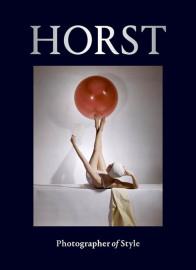
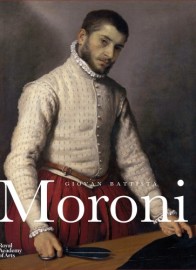
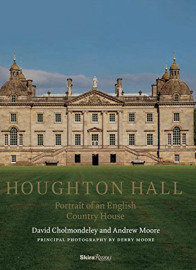
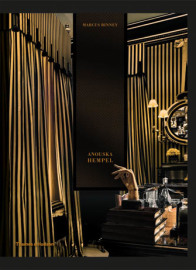
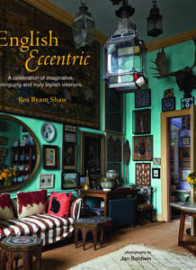
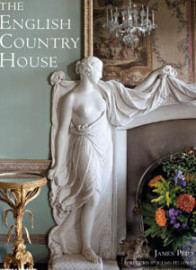
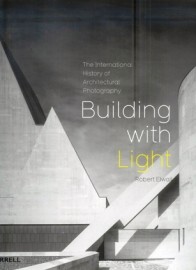
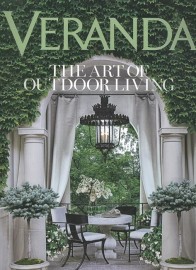
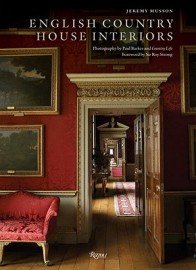
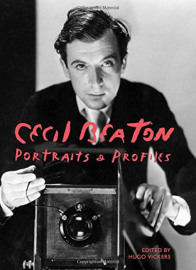
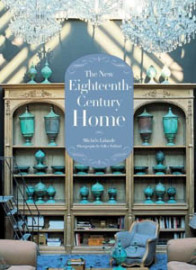
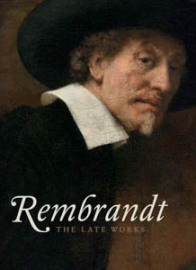
Trackbacks/Pingbacks